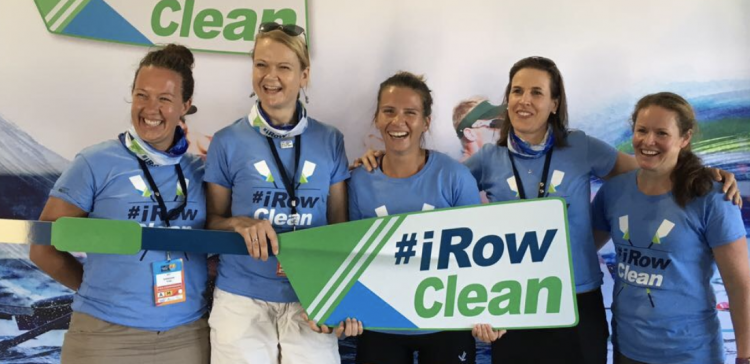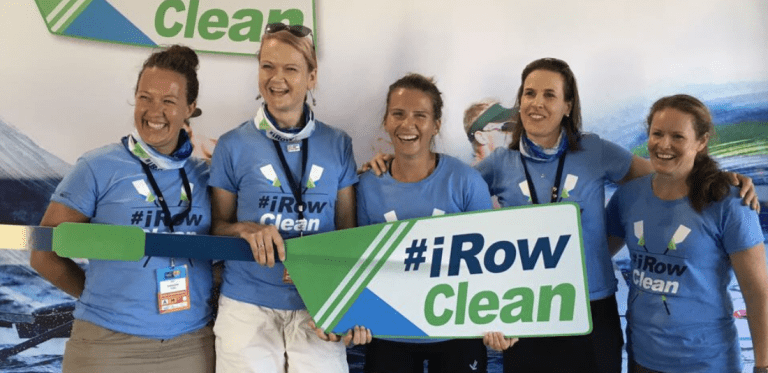The rules of rowing racing can seem fixed to many competitors in domestic competition but at the international level they get discussed with opportunities for change put forward by the athletes. We spotted this update from the FISA Athletes Commission group – these are volunteers who jointly represent the athlete body to the World Rowing organisers. So they’re a lobby group crossed with an informal trades union!
 World Rowing Athletes Commission on Facebook
World Rowing Athletes Commission on Facebook
An experiment in Lane Selection Rule changes
In our last post, we talked about the the new Lane Selection system that will be tested in Belgrade (WC1) this year. We believe that fairness is crucial for any sport. As is expected for an outdoor sport, fairness is a much-debated subject among rowers, coaches and their team. Changing weather conditions are a fact of life and adverse weather is part of rowing. Sometimes there is a subtle advantage for certain racing lanes. Sometimes it’s just an instinctive feeling and sometimes we can measure these advantages objectively.
There are several rules (e.g. rules, 70, 71 and its by-laws) within the FISA Rulebook, dealing with adverse weather and how to deal with it. There is the option of moving all lanes to one side of the course or the other, or even re-allocating the lanes. And, up to now, FISA has established a Fairness Committee of experienced coaches and former rowers who have the responsibility to make these difficult decisions.
The FISA Athletes Commission believes that it would be more appropriate that the athletes themselves take responsibility for the selection of the lanes we race in. We would like rowers to have the authority to choose and to be accountable for the selection of their lanes based on their performances in the previous rounds of racing.
After some discussion, FISA has agreed to test an alternative system that would allow this to happen. The system will rank crews based on the order of placement in the previous round as it is done in the past. But instead of having them ordered in each lane, as in the classic pattern, the highest placing crew will be allowed to choose its racing lane first, the second highest placing next, the third will choose third and so on. The overall lanes to be raced in (FISA requires eight racing lanes to be available for racing, and then six will be used depending on weather conditions) will still be decided by the Fairness Committee in order to minimize the disparity between lanes, as much as possible, during unfavorable racing conditions.
Athlete lane selection gives responsibility to the rowers and further increases the need to perform in preliminary rounds of racing. The choice of a specific lane can be for tactical or fairness reasons and remains at the discretion of the athletes. The system will be tested during the first World Rowing Cup of 2018 in Belgrade for International events only. FISA recently published a short explanation about this experiment in the FISA Circular. The Athletes Commission members, Robin Prendes and Frida Svensson, will be available to answer live questions online at a set date and time. Be on the look-out for updates on the FISA Athletes Commission Twitter, Instagram and Facebook pages.







